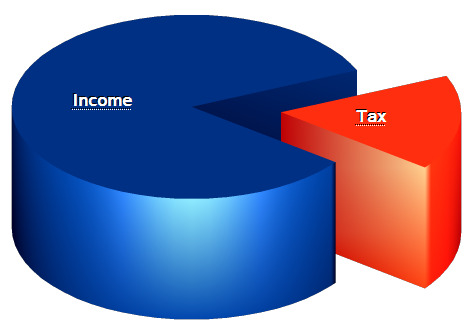Taxes are a defined as mandatory payments of the contributors to the budget and to the extra-budgetary funds in the amount determined by law and within the stipulated deadlines.
The functions of taxes are a manifestation of their essence; they are a means to represent the characteristics of taxes. The functions of taxation illustrate its social purpose of the value-based distribution and redistribution of income. Each of the functions fulfilled by the taxation instrument is a manifestation of an internal feature, an indicator or trait or this economic category.
There are five main functions of taxation: fiscal, redistributory, regulating, controlling, and promoting.… Read the rest
